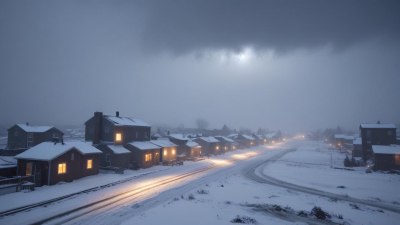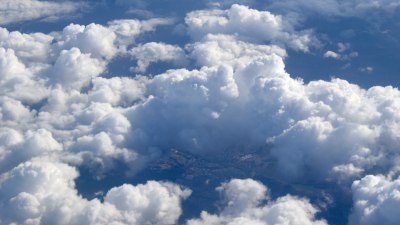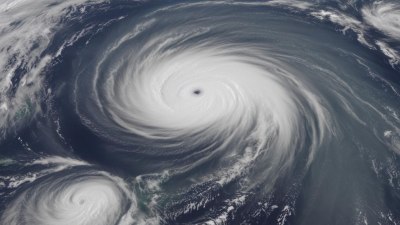Why Is It Colder After a Snowstorm
Discover the reasons behind lower temperatures following a snowstorm and explore weather dynamics.

This image was created with the assistance of Freepik
Snowstorms can bring a blanket of white beauty, yet they also usher in a notable drop in temperature after their departure. Understanding why it gets colder after a snowstorm involves delving into meteorological principles, including air mass dynamics and surface cooling mechanisms.
The Role of Snow Cover
One of the primary reasons why temperatures plummet after a snowstorm is the presence of a thick layer of snow. When snow blankets the ground, it reflects sunlight. This is due to its high albedo, which prevents the absorption of solar radiation. Unlike bare soil or grass that can absorb warmth during the day, snowy surfaces keep the earth's surface cool, contributing to the cold temperatures we feel. Snow serves as an insulator that can also trap cold air beneath it, preventing any heat from escaping.
Cold Air Masses
Snowstorms are often associated with the movement of cold air masses. As a storm progresses, it can draw in air from polar regions, leading to a significant drop in temperature following the storm. When a snowstorm passes, the cold air mass that was present before the storm can remain intact or may even settle in, creating colder temperatures. Weather patterns that bring a polar air mass can exacerbate this effect, causing further drops in temperature and leading to frigid conditions.
Heat Loss Through Radiational Cooling
After the clouds of a snowstorm dissipate, radiational cooling can significantly lower temperatures. This phenomenon occurs during clear nights when the earth's surface loses heat through radiation. Without cloud cover, the surface of the earth cools more rapidly because there’s less atmospheric insulation. This can lead to particularly cold nights after a snowstorm, as the wind chill factor may further contribute to the feeling of cold due to the wind transporting the colder air to the ground level.
Wind Chill Factor
The conditions following a snowstorm are often accompanied by high winds. Wind can exacerbate the chill felt on exposed skin, a concept referred to as the wind chill factor. On days where strong winds blow through the aftermath of a snowstorm, they can carry cold air, making it feel even colder than the actual temperature suggests. Wind chill is crucial for understanding how cold it feels versus the actual thermometer reading.
Cloud Cover Effects
While cloud cover typically retains warmth, during and right after a snowstorm, thick clouds can eventually clear out. This change allows for substantial heat loss at night. The contrast in temperature between the upper atmosphere and the ground can be pronounced after a snowstorm passes when skies clear out at night, allowing for efficient heat loss and further decreasing temperatures.
Impact of Humidity
Humidity levels are also affected during a snowstorm. Snowstorms often bring moist air in the upper atmosphere, but after they pass, the air tends to dry out. This reduction in humidity can lead to clearer skies and increased radiational cooling overnight, compounding colder temperatures. Dry air is less effective at holding heat during the night, increasing the severity of cold spells following a storm.
Long-term Effects on Seasonal Weather
The snowfall from a storm can have longer-lasting effects on the subsequent weather patterns and temperature. With a significant amount of snow on the ground, temperatures can remain cooler for extended periods as the snow gradually melts. As the melting process absorbs heat, it can prevent temperatures from returning to normal seasonal levels. This lingering chill can affect local ecosystems and weather patterns, leading to later frosts and cool periods in the spring.
In summary, the experience of colder temperatures after a snowstorm is the result of a combination of factors, including the insulating effects of snow, the presence of cold air masses, radiational cooling, wind chill, and humidity changes. Understanding these dynamics helps us appreciate the intertwined complexity of our weather and the natural world.











